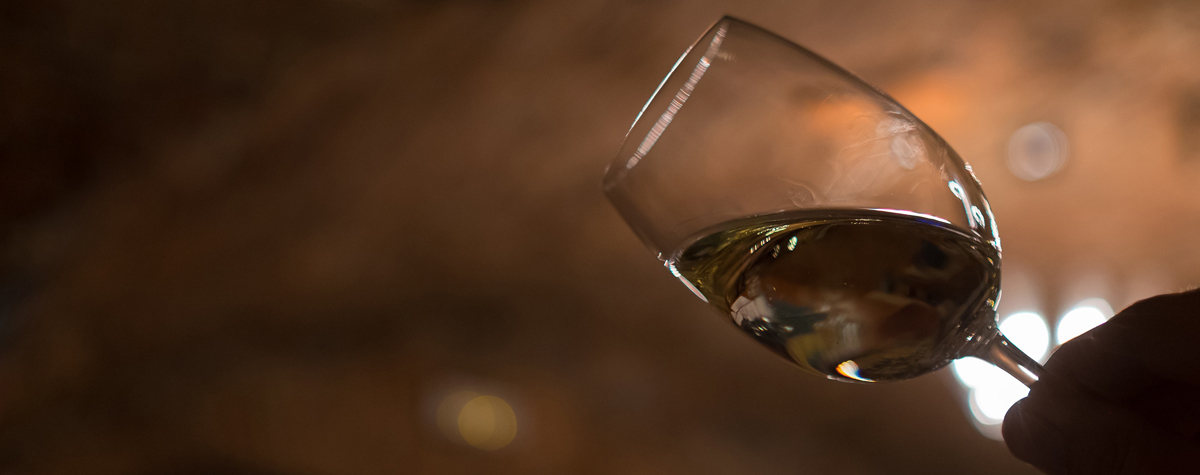1 Adding extra sulfites can result in reduction
Sulfites – sulfur dioxide – are added to wine as a preservative. They are antimicrobial, and they stop oxidation in its tracks by binding with the products of oxidation reactions. But sulfites are not sulfides. The latter are reduced volatile sulfur compounds which, along with mercaptans and thioesters, are responsible for the wine fault known as oxidation. Sulfites don’t cause reduction, and if you find a wine that has too much sulfur dioxide added, that wine isn’t reduced.2 Reduction blows off
Reduced wines have elevated levels of volatile sulfur compounds, such as hydrogen sulphide (rotten eggs) or disulfides, or mercaptans (aka thiols). It’s often said that if a wine is reduced, then decant it, and the reduction will blow off. Some forms of reduction are quite volatile, and with a good decant you might reduce the levels to the point that you can’t smell it anymore. But most are quite a bit more stable and no amount of decanting will improve them. They have become part of the wine.'It’s perfectly possible to have a wine that is both oxidised and reduced'
3 Reduction and oxidation are opposites
In strictly chemical terms, this is true. Redox reactions involve the transfer of electrons: the compound that loses electrons is oxidised and the one that gains them is reduced. But when we talk about these as wine faults, we are distorting the terminology somewhat, and using reduction as a shorthand for the formation of volatile sulfur compounds in wine. This often happens when oxygen is absent, but these compounds are actually made by yeasts, and it’s perfectly possible to have a wine that is both oxidised and reduced (it has smelly sulfur compounds). More on reduction here.4 Premox in white Burgundy would be solved by getting rid of cork
Premox, short for premature oxidation, has been a problem for white Burgundies since the mid-1990s. Open a case and perhaps half a dozen bottles are sound and have aged well, while the remainder are prematurely oxidised. Its origin has been mysterious. Cork has been blamed, and it has been suggested that if screwcaps were used, there would be no premox. But this is too simplistic. Yes, corks are variable. But this variability is only showing up an underlying frailty in the wines, and if premox is to be beaten, the source of this frailty must be identified.5 The cork is always to blame for musty taint
Musty taints in wine are a real pain. And most of them are due to cork taint, which is frequently described as ‘TCA’, for trichloroanisole, one of the main musty taint compounds. But to declare all musty-smelling wines as corked is inaccurate. Other sources of musty taint affect wine, including contaminated barrels, and even the use of fire-retardant chemicals to treat wood in wineries. In addition, some tasters are quick to say ‘corked’ whenever a wine isn’t quite right. I’m no apologist for the cork industry, and I hate cork taint. But as tasters we must be more accurate.6 If you can detect a fault compound, the wine is faulty
As students of wine, we learn to recognise fault compounds. But we must be careful: just because we can spot a bit of brettanomyces, or reduction, or oxidation in a wine, it doesn’t mean the wine is faulty. Small traces of certain fault compounds can actually be positive, in the right context. Many famous wines display traces of faults that add complexity. This is not a simple area, where a binary, judgemental approach is appropriate.'While some natural wines are faulty, so are some conventional wines'
7 Natural wines are faulty
Some wine industry commentators dismiss natural wines as being faulty, and suggest that if you choose not to add anything to wine, then it will be bretty, oxidised and stinky. While some natural wines are faulty, so are some conventional wines. Go to a big natural wine fair and taste with an open mind: there are often some thrilling discoveries to be had.8 This wine smells mousy
Mouse taint is a growing issue in wine, because more people are choosing to work without the safety net of sulfur dioxide during fermentation. But you can’t smell mouse taint. It is only when you put the wine in your mouth – and the pH rises from the wine level to the mouth level – that the offending compounds become apparent. Then you get the characteristic sickly aromas of mouse cage and dry biscuits after a short delay. More on mousiness here.9 A copper coin will get rid of reduction
A common party trick with a wine that smells reductive is to drop a copper penny into the wine. But this doesn’t work all the time. Copper can get rid of some reductive compounds, but not all. It will remove mercaptans, but not disulfides, and so sometimes this might work, but not all the time.10 The VNBC state in Brett allows it to pass through filters and then cause a bloom in the bottle
This is quite geeky, but needs addressing. Text books tell you that the spoilage yeast Brettanomyces can enter a viable but non-culturable state (VBNC) in wine. The cells effectively hibernate, and get smaller. They can’t be cultured, so they are hard to detect. And they can slip through filters and then bloom in bottle. The problem with this idea is that many labs have looked for it, but not come up with convincing evidence that it actually occurs. So we have to file this seductive, compelling idea as unproven for now.Dr Jamie Goode completed a PhD in plant biology and worked as a science editor before switching to wine. He writes widely for a range of magazines, has written four books, including Wine Science, and lectures and judges wine around the world. He is co-chair of the International Wine Challenge.













.png)






